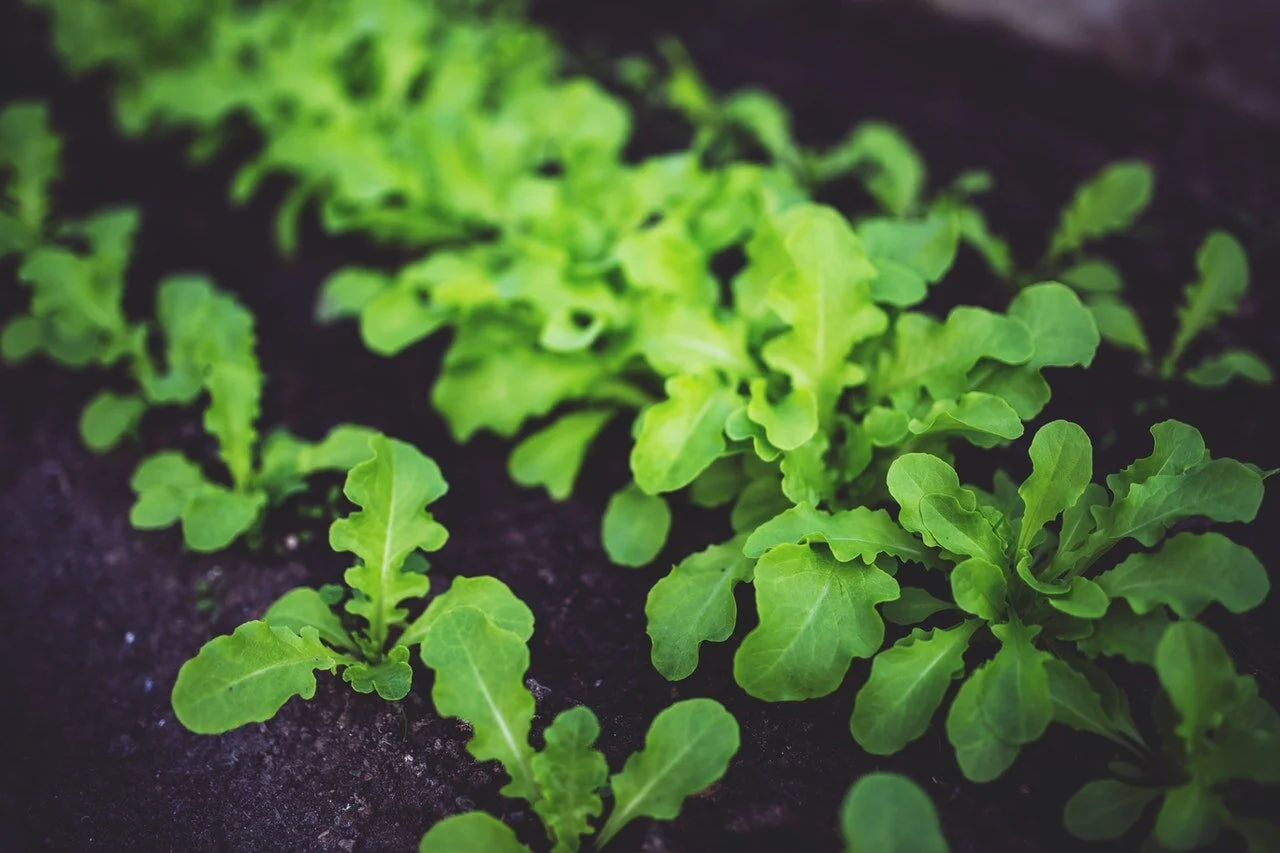Growing Your Food Organically
/Photo by Kaboompics .com from Pexels
Many people enjoy growing their own fruits and vegetables and love to sustain their homes from their gardens. The benefit of growing your own food is that it saves costs of buying them at the grocery store and gives one a feeling of self-achievement. There is nothing as satisfying as planting seeds and watching them grow, nurturing them until they’re ready for harvest. But, there are certain aspects and essentials to remember when wanting to grow your food organically and getting optimal results. That said, here are some tips on growing your food organically and successfully.
What does it mean to grow organically?
Growing organically refers to the cultivation of crops without the use of toxic pesticides, herbicides, and synthetic growth hormones. Instead, organic farmers use crop rotation and dense planting techniques, which boost biodiversity and decrease the impact they have on the environment. What you put into the soil you use to grow your food has a massive effect on the crops’ outcome, so these farmers utilize natural methods and practices to enrich the soil they grow their crops in. Pesticides and synthetic fertilizers can be very harmful to one’s health and have been evident in the recent paraquat lawsuit.
Step 1 - Prepare the soil
For your plants to thrive, you’ll need to provide them with rich soil filled with proper nutrients. Also, remember to work compost, leaves, manure, and grass clippings into the ground - by doing this, your soil will be in optimal condition for planting. Be sure that the manure you use has already been composted, except if you don’t plan on planting anything within the next few weeks.
Step 2 - Choose your plants
When looking at plants to grow, evaluate the area you plan to plant them and buy accordingly. Look at factors such as the amount of light the area receives, the season in which you want to plant in, as well as the size of the garden. When looking for a good place to buy plants, consider going to your local farmer’s market - they should have plants that would work best in your location and weather conditions as well.
Step 3 - Planting
Vegetables and fruits that are planted should be grouped together to create a dense crop that shouldn’t have enough space to walk through, while herbs should be spaced out a bit more to prevent fungal attacks. The plants that produce the most with the least time and space include zucchini, swiss chard, snow peas, sugar snaps, and tomatoes.
Step 4 - Protecting your plants without toxic pesticides
There are several natural methods you can try that have been tried and tested. First, make sure your plants are getting enough sunlight and nutrients; if not, it may be a reason why pests are attacking. Next, try and create an environment in which helpful predators can live, like frogs, birds, and lizards. Ladybugs have also been known to be a natural predator of pests. You can also consider using row covers for some added protection.
Growing your own food can be a fun and exciting new hobby to try out - who knows, you might even find out about a green thumb you never knew you had and enjoy it more than you think!






















